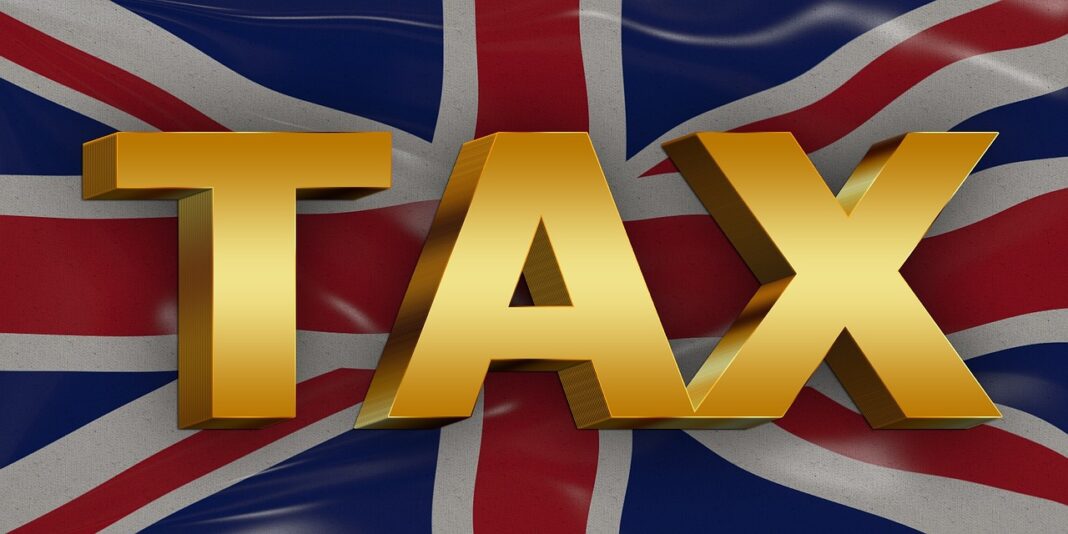The Fiscal Tightrope
Chancellor Rachel Reeves faces a daunting challenge as she prepares for her Spring Statement on March 26, 2025.
With economic growth stagnating and borrowing costs rising, she must navigate the fine line between fiscal responsibility and political feasibility.
Will she opt for outright tax hikes, or will she continue the trend of stealth taxation by freezing thresholds and allowances? This article dissects the possible strategies Reeves might employ and their broader implications.
Understanding Stealth Taxes
Stealth taxes refer to indirect tax increases that do not involve raising headline tax rates but instead rely on mechanisms like threshold freezes, bracket creep, or reducing tax reliefs.
These tactics generate additional government revenue without triggering public backlash associated with overt tax hikes.
One of the most common forms of stealth taxation is the freezing of income tax thresholds. By maintaining current tax bands while wages rise, more individuals are pushed into higher tax brackets – a phenomenon known as fiscal drag.
The Office for Budget Responsibility (OBR) has estimated that the existing freeze on income tax thresholds until 2028 will pull millions more into higher tax bands, generating an extra £3.5 billion to £4 billion annually.
Other forms of stealth taxation include:
- Reducing Capital Gains Tax allowances, making more transactions taxable.
- Lowering tax-free pension contribution limits, increasing the tax burden on higher earners.
- Adjusting VAT exemptions and duties, subtly raising consumer prices.
Open Tax Hikes: A Political Gamble
If Reeves chooses the path of direct tax increases, she risks alienating voters and businesses alike. Potential measures might include:
- Raising Corporation Tax beyond 25%, a move that could deter investment.
- Increasing National Insurance Contributions, affecting both employees and employers.
- Introducing new wealth taxes, such as a mansion tax or financial transaction levies.
While these changes provide an immediate revenue boost, they could stifle economic growth and competitiveness, particularly if businesses perceive the UK as a high-tax environment.
The Economic and Political Context
Reeves’ fiscal strategy is shaped by multiple factors:
- Economic Constraints: With the UK’s fiscal headroom evaporating due to downgraded growth forecasts, the Chancellor must find new revenue streams to avoid increasing borrowing.
- Public Perception: While voters generally oppose tax hikes, they are often more accepting of stealth measures, as they are less visible in day-to-day life.
- Labour’s Political Position: As Labour aims to maintain economic credibility, Reeves must balance progressive policies with fiscal discipline to reassure businesses and international investors.
The Likely Path Forward
A full-fledged tax hike seems politically risky for Labour at this stage. Instead, Reeves may extend the freeze on income tax thresholds beyond 2028, generating billions in revenue without introducing explicit new taxes. Additionally, tweaks to capital gains tax, inheritance tax reliefs, and VAT adjustments could be on the table.
What It Means for You
Whether through stealth taxes or open hikes, the UK’s tax landscape is set for changes. Businesses and individuals should prepare for potential shifts in tax planning strategies, higher tax liabilities over time, and possible changes to investment incentives.
For financial professionals and investors, monitoring these fiscal strategies will be crucial in making informed decisions.
Reeves’ Spring Statement will set the tone for Labour’s broader economic policies—one that could shape the UK’s financial landscape for years to come.
Also Read

